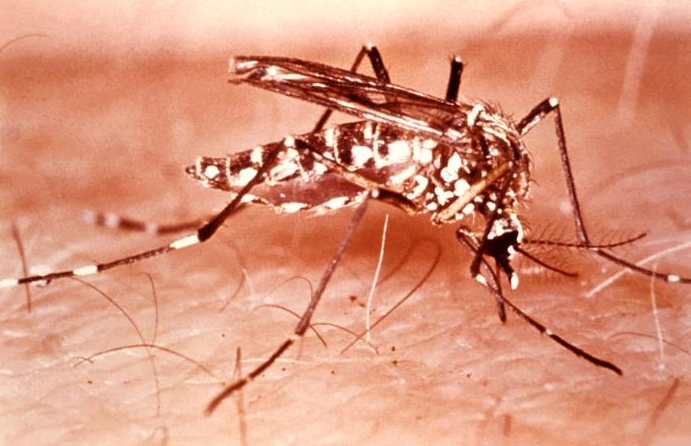Following reports last month of whether or not Argentina was experiencing an outbreak of the mosquito borne viral disease, dengue fever, the Pan American Health Organization (PAHO) reports nearly 5,000 cases during the first five weeks of 2016.

The actual count is 4,856 and all four dengue serotypes have been reported. Officials say that about three out of 10 cases in the country are considered to be travel-associated. No severe dengue or dengue related deaths have been reported.
Last month, the Argentina health minister and the Epidemiology director publicly disagreed on whether or not the country was experiencing an epidemic.
Dengue is transmitted by the bite of a mosquito infected with one of the four dengue virus serotypes. It is a febrile illness that affects infants, young children and adults with symptoms appearing 3-14 days after the infective bite.
Dengue is not transmitted directly from person-to-person and symptoms range from mild fever, to incapacitating high fever, with severe headache, pain behind the eyes, muscle and joint pain, and rash.
Severe dengue (also known as dengue hemorrhagic fever) is characterized by fever, abdominal pain, persistent vomiting, bleeding and breathing difficulty and is a potentially lethal complication, affecting mainly children.
In the past 50 years, the incidence of dengue worldwide has increased 30-fold, largely as a consequence of the growth of cities and increased travel.
According to a 2013 WHO report between 1955 and 1959, the number of countries reporting cases of dengue increased from three to eight; in 2012, the geographical distribution of dengue included more than 125 countries.
The World Health Organization (WHO) estimates there may be 50–100 million dengue infections worldwide every year. However,there was 2013 research from the University of Oxford and the Wellcome Trust, using cartographic approaches, estimate there to be 390 million dengue infections per year worldwide.
Related:
- El Salvador becomes the 4th country to approve dengue vaccine
- Mexico reports 50 Zika cases in January, most in Chiapas and Oaxaca
- Hawaii Governor Ige signs emergency proclamation against Dengue and Zika, Dengue outbreak reaches 255

